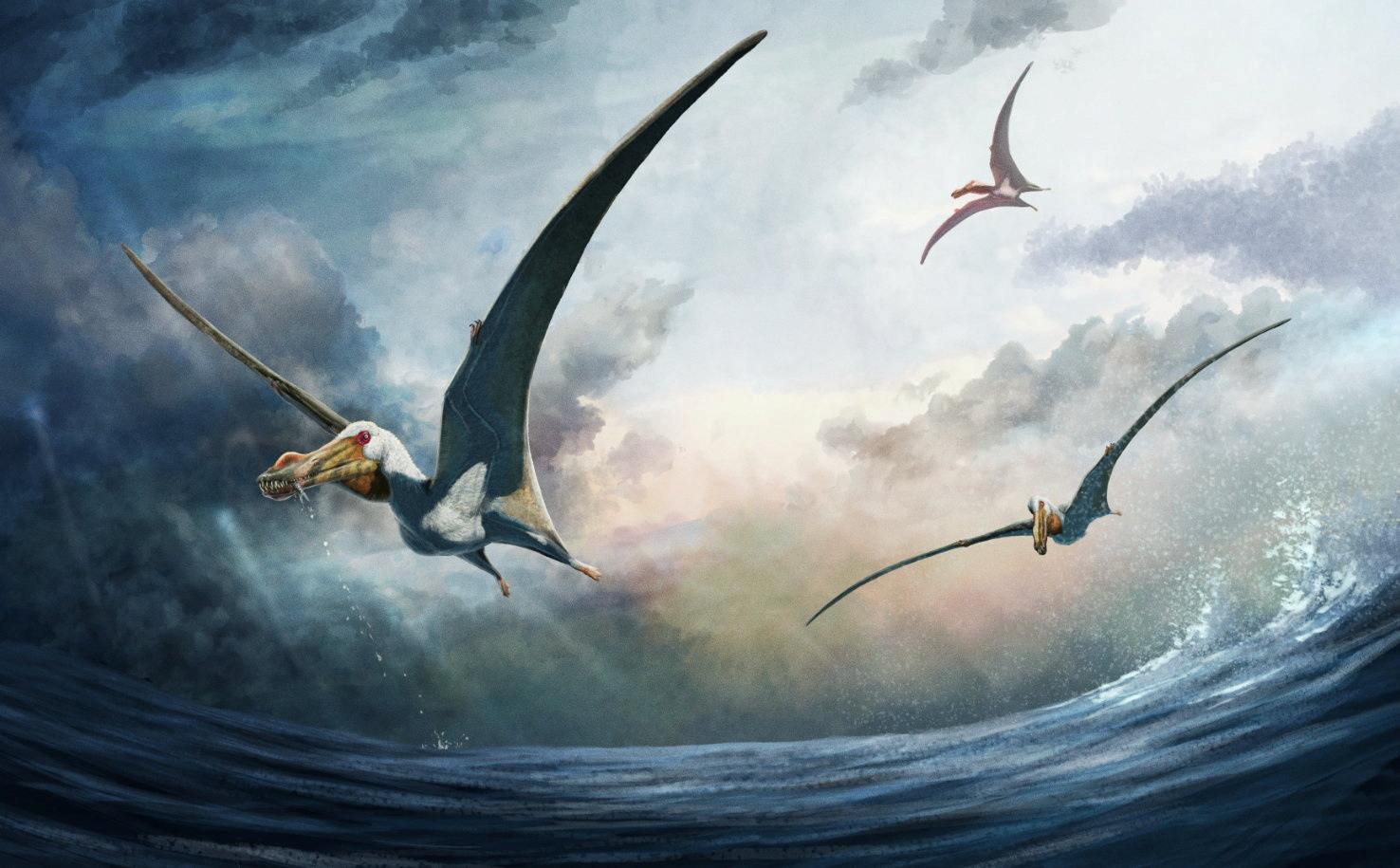Discovery of the Haliskia Pterosaur in Australia
Ancient Skies Over the Eromanga Sea
Long ago, a fearsome pterosaur soared above the shallow Eromanga Sea, which once covered what is now inland Australia. This formidable flying reptile, known for its bony crest on both jaws and spike-shaped teeth, was perfectly adapted to snare fish and other marine prey.

Unearthing the Haliskia Fossils
Scientists recently announced the discovery of this creature’s fossils in Queensland, Australia. Named Haliskia peterseni, it lived alongside dinosaurs and marine reptiles during the Cretaceous Period. The remains are the most complete of any pterosaur found in Australia. With a wingspan of 15 feet (4.6 meters), Haliskia lived around 100 million years ago, making it slightly larger and older than its close relative, Ferrodraco, discovered in 2019.
Significance of the Discovery
Haliskia, meaning “sea phantom,” was a striking sight in its time. The Eromanga Sea, a vast inland sea, has vanished, but its memory lives on through these fossils. Adele Pentland, a doctoral student in paleontology at Curtin University, led the study published in Scientific Reports. She highlighted the importance of this discovery, noting that 22% of Haliskia’s skeleton was unearthed. This included complete lower jaws, parts of the upper jaw, throat bones, teeth, vertebrae, ribs, wing bones, and part of a leg.
Unique Features and Ecological Role
One fascinating aspect of Haliskia is its muscular tongue, inferred from the length of its throat bones. In other pterosaurs, throat bones are 30-60% the length of the lower jaw, but in Haliskia, they are 70%. This feature might have given Haliskia an edge in trapping live prey like fish and cephalopods.
Pentland expressed astonishment at the preservation of Haliskia’s delicate throat bones, which are as thin as spaghetti. This specimen is more complete than Ferrodraco, providing invaluable insights into the anhanguerian pterosaur group. Haliskia’s discovery also honours Kevin Petersen, who found its remains in 2021.
Evolution and Extinction of Pterosaurs
Pterosaurs were the first vertebrates to achieve powered flight, appearing around 230 million years ago. Birds followed 150 million years ago, and bats 50 million years ago. Pterosaurs, including Haliskia, were wiped out in the same mass extinction event that ended the reign of the dinosaurs 66 million years ago.
Pentland noted that pterosaurs occupied various ecological niches. They ranged from insect-eaters to fish hunters and scavengers. The smallest had wingspans of 25 cm (10 inches), while the largest rivalled small fighter jets.
Conclusion
The discovery of Haliskia Pterosaur enhances our understanding of Australia’s Mesozoic Era, revealing the rich diversity of life during the age of dinosaurs. This significant find challenges the long-held belief that Australia had few fossils from this period.





